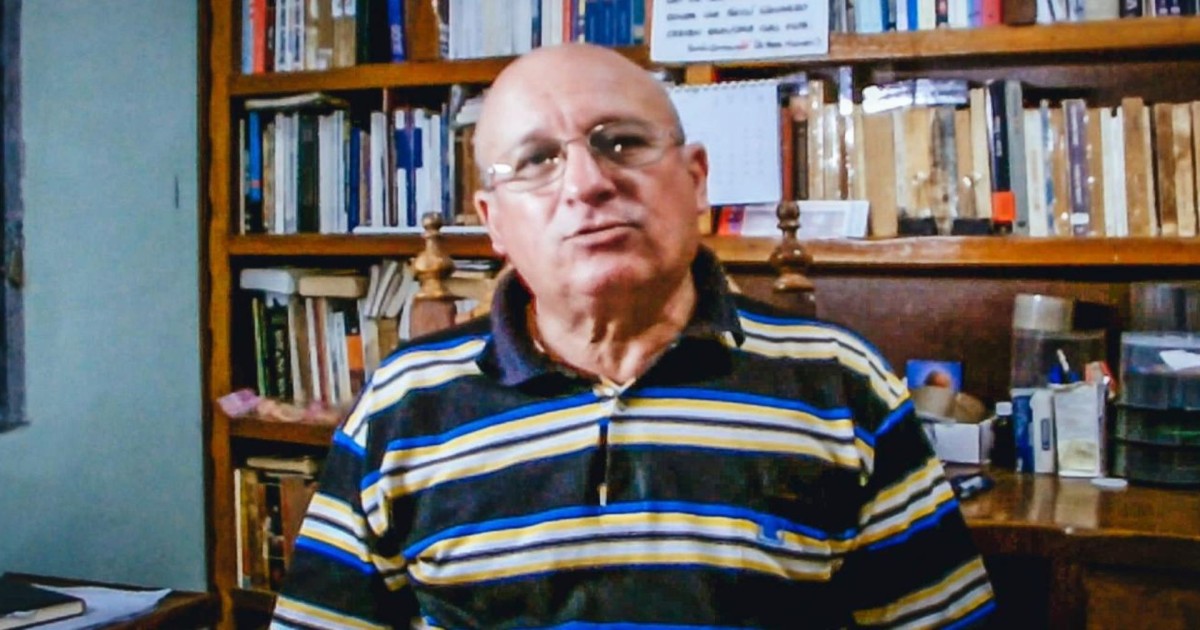“`html
Saccharin, the Artificial Sweetener, Shows Promise in Fighting Antibiotic-Resistant Bacteria
Washington — In a surprising twist, the artificial sweetener saccharin, ofen associated with diet sodas and sugar substitutes, is emerging as a potential weapon against antibiotic-resistant bacteria. A new study reveals that saccharin can both kill certain pathogens and enhance the effectiveness of existing antibiotics,offering a glimmer of hope in the ongoing battle against antimicrobial resistance.
For years, artificial sweeteners have faced scrutiny over potential health risks. Now, research suggests one of the most common sugar substitutes may hold the key to combating a critical threat to public health: antibiotic resistance.
The Centers for Disease Control and Prevention (CDC) estimates that more than 2.8 million antibiotic-resistant infections occur in the U.S. each year, leading to over 35,000 deaths. The rise of these “superbugs” has prompted urgent calls for new strategies to develop novel treatments and extend the lifespan of existing antibiotics.
According to a study published in the journal Embo molecular Medicine, an international research team led by Brunel University of London found that saccharin can kill multi-resistant bacteria and make them more vulnerable to antibiotics. This includes pathogens like Pseudomonas aeruginosa, which the World Health Organization (WHO) considers a high-priority threat due to its ability to cause life-threatening infections like chronic pneumonia and sepsis.
How Saccharin Fights Bacteria
The study’s findings suggest that saccharin employs a multi-pronged approach to combat bacterial infections.
“Saccharin breaks through the walls of bacterial pathogens, causing them to be deformed and finally bursting what the bacteria killed,” explained Ronan McCarthy, senior study author from the Antimicrobial Center at Brunel University, in a statement. He added that it is “crucial” that this damage to the bacterial walls penetrated antibiotics and that the resistance systems of the pathogen could “overwhelm.”
Furthermore, researchers discovered that saccharin inhibits bacterial growth and replication and prevents pathogens from forming biofilms—protective layers that shield them from antibiotics.
Saccharin-Enhanced Wound Care
Building on their initial findings, the research team developed a saccharin-enriched hydrogel wound dressing. Tests showed that the saccharin-based dressing outperformed leading antimicrobial silver-based dressings.
“This is very exciting,” McCarthy said. “Usually the development of a new antibiotic costs billions of dollars and decades. but here we have a connection that is already widespread and not only kills resistant bacteria, but also increases the effectiveness of existing antibiotics.”

Implications for the U.S. Healthcare System
The implications of this research are notable for the U.S. healthcare system, which is grappling with the rising costs and challenges of treating antibiotic-resistant infections. A 2019 report by the CDC estimated that antibiotic resistance adds $4.6 billion in excess healthcare costs annually in the United States.
Saccharin’s potential to enhance the effectiveness of existing antibiotics could lead to shorter treatment durations, reduced hospital stays, and lower overall healthcare expenditures. Its application in wound care could also improve patient outcomes and reduce the need for more aggressive interventions.
Dr. Emily Carter, an infectious disease specialist at Johns Hopkins University, commented on the study’s findings: “The idea of repurposing existing, widely available compounds like saccharin to combat antibiotic resistance is incredibly appealing. While more research is needed, these initial results are very promising.”
Addressing the concerns About Artificial Sweeteners
Despite the promising findings, concerns remain regarding the long-term health effects of artificial sweeteners. Some studies have linked saccharin consumption to gut microbiome disruption and other adverse health outcomes.
However,researchers emphasize that the concentrations of saccharin used in the study were considerably higher than those typically found in food and beverages. Furthermore, the application of saccharin in targeted therapies, such as wound dressings, would limit systemic exposure and minimize potential risks.
Further research is needed to fully evaluate the safety and efficacy of saccharin-based therapies for bacterial infections. Clinical trials are necessary to determine the optimal dosage, delivery methods, and potential side effects.
Future Directions
The researchers plan to conduct further studies to investigate the mechanisms by which saccharin interacts with bacteria and to explore its potential use in combination with other antimicrobial agents. They also aim to develop more advanced saccharin-based wound dressings and other topical formulations.
The discovery of saccharin’s antibacterial properties represents a significant step forward in the fight against antibiotic resistance. While challenges remain, this readily available and inexpensive compound offers a promising new avenue for tackling one of the most pressing public health threats of our time.
FAQ: Saccharin and Antibiotic resistance
| Question | Answer |
|---|---|
| Can I use saccharin to treat a bacterial infection at home? | No. The study used concentrated forms of saccharin in a lab setting. Self
Archyde Interview: Ronan mccarthy on Saccharin’s Potential to Conquer antibiotic resistanceApril 26, 2025
Archyde News Editor: Dr. McCarthy, thank you for joining us today.Your recent study on saccharin and its effects on antibiotic-resistant bacteria has generated significant interest, and we at Archyde are keen to delve deeper into the findings. Can you start by briefly explaining saccharin’s surprising impact on these “superbugs”? The Secret Weapon: SaccharinDr. Ronan McCarthy: Certainly. Our research suggests that saccharin, best known as an artificial sweetener, has multifaceted antibacterial capabilities.We found that it can directly kill certain pathogens by breaking down their cellular walls which also allows for antibiotics to get in and kill them easier, as well as enhance the effectiveness of existing antibiotics. Saccharin vs.Antibiotic ResistanceArchyde News Editor: The study mentions pathogens like Pseudomonas aeruginosa. These are particularly risky. how exactly does saccharin combat these resilient bacteria? Dr.Ronan McCarthy: Saccharin works in a few ways. Firstly, it disrupts the bacterial cell walls. Secondly, it inhibits the bacteria’s growth and ability to replicate. And third, importantly prevents the formation of biofilms. Biofilms are like protective shields bacteria create,making it very tough for antibiotics to penetrate them. Saccharin: A New Hope for Wound Care?Archyde News Editor: Your team also developed a saccharin-enriched hydrogel wound dressing. How does this compare to existing treatments? Dr.Ronan McCarthy: In our tests, the saccharin-based dressing outperformed leading antimicrobial silver-based dressings.the potential here is significant. The advancement of new antibiotics is costly and time-consuming. We have stumbled upon a compound that is widely available and has the potential to kill resistant bacteria and make existing antibiotics more effective. Addressing Concerns and Future DirectionsArchyde News Editor: The long-term health effects of artificial sweeteners raise some concerns. How does your research address these? Dr. Ronan McCarthy: The concentrations of saccharin used in our study were much higher than those found in food and beverages. Furthermore, in targeted therapies like wound dressings, the systemic exposure is very limited. We are also working on developing more advanced formulations. Archyde News Editor: What are the next steps for your research regarding saccharin and antibiotic resistance? Dr. Ronan McCarthy: We are focused on understanding the mechanisms of action in more detail, and we are working on tests for use in combination with other antimicrobial agents. We are also planning larger scale clinical trials. A Call to ActionArchyde News Editor: this is fascinating research. What is your final message to our readers about the implications of these findings? Dr. Ronan McCarthy: This represents a promising path forward in the fight against antibiotic resistance. While challenges remain, easily accessible and inexpensive compounds like saccharin may offer a real solution to this significant public health problem. Archyde News Editor: Dr. Ronan McCarthy, thank you for your time and insights. We look forward to further updates on this groundbreaking research. Our readers, what are your thoughts on repurposing existing compounds to combat antibiotic resistance? Share your views in the comments below.
Leave a ReplayRecent PostsTagsarticles
Boursorama
charm Xi'an
chronic
cojp
Crime
daily
Donald Trump
Echo (cat)
football
French companies course
Gaza
health
horoscope predictions
immovable
Indonesia
international
israel
Latest Malayalam News
Lifestyle
Major News
News
News Translated into Japanese
offers
oil prices
OPEC Budget
pakistan
Palestine
Politics
Russia
Saudi women
soccer
Sports News
stock exchanges
story
Studies
to me
trackers
Translated News
trending
weather
World
Xi'an Daily Official Website
Xi'an News Network
your luck today
© 2025 All rights reserved nproxy.org |







